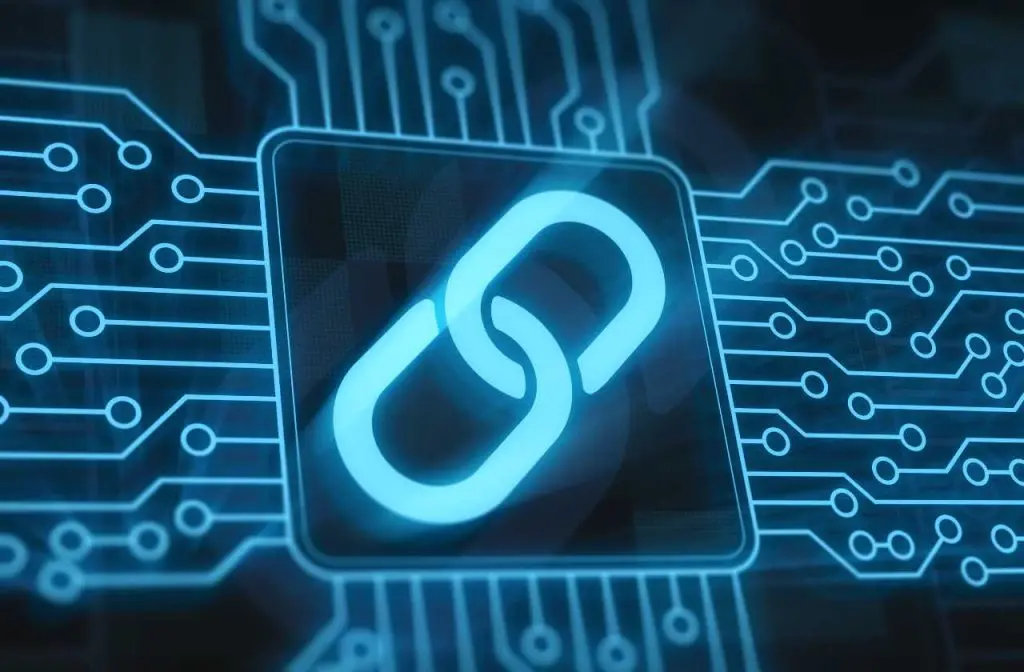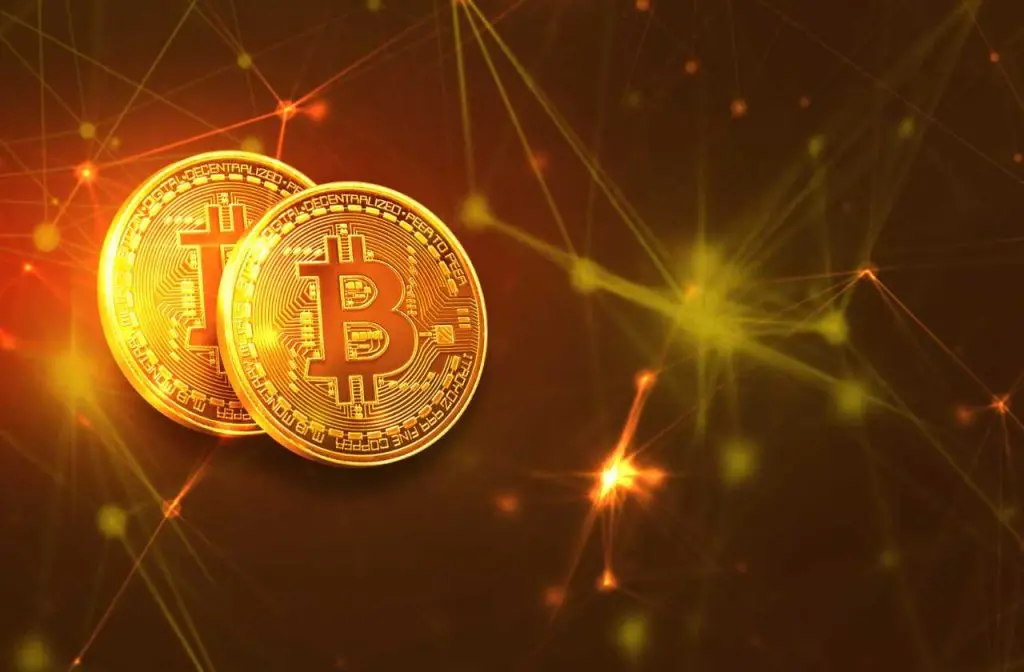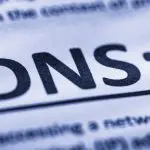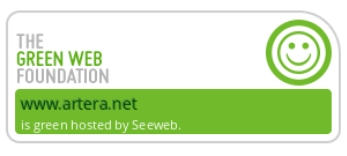Blockchain, literally “blockchain,” is a technology that has been around since 2008, initially started as a peer-to-peer electronic money system to create an alternative currency-the cryptocurrency ‘Bitcoin’-not subject to the control of governments, banks or other institutions.
Then, however, this technology evolved, entering many other sectors such as health care, logistics, real estate, information technology, and digital governance, thanks to the security and transparency of its protected, unalterable, and shared system.
In a nutshell, it is nothing more than a shared and decentralized digital registry, i.e., freed from any form of institutional control, where financial transactions take place and for everything of value, in a way that is protected from violation and unalterability.
Whenever a transaction is made, such as sending a cryptocurrency from one person to another, this transaction is recorded in a “block.” This block is then added to, creating a “chain” of blocks-hence the name “blockchain”-linked to each other, and which must go through consensus scrutiny in order to be entered.
In this article we look in detail at the Blockchain, what it is, how it works, and 13 practical examples of application to better understand its potential.
What is Blockchain
Meanwhile, it is one of the hottest trends in the Digital Transformation of 2023. So many companies are exploring the benefits of this technology that plays into the security and transparency of transactions.
The Blockchain functions as a shared, unchangeable digital registry where data, information, and transactions of all kinds can be stored in sequentially linked blocks (in chronological sequence) and protected by encryption to prevent breaches and unauthorized access.
cryptography, uses complex algorithms to encode data and make it unreadable to anyone without the appropriate decoding key.
Back to the Blockchain, the sequence creates a chain of interconnected blocks whose data is shared among all nodes (computers) in the network. Each block within the chain represents and contains a number of transactions. Each time a new transaction is made, it is recorded and added to a new block.
The blockchain network stores information about transactions, contracts or any digital content, can track orders, payments, accounts, production, etc. Anything with value – tangible assets such as houses, cars, money, or intangibles such as intellectual property, patents, copyrights, trademarks, etc. – can be traded and tracked in a blockchain network. A blockchain network.
Features of the Blockchain

The most important features of the Blockchain are the non alterability of data, once a block is added to the blockchain it cannot be changed or deleted; and then its decentralized nature.
Each block contains information about all previous blocks, so that no data can be deleted or changed without interrupting the entire chain.
Distributed and unalterable registry
All network participants have access to the distributed/shared log of transactions, which are recorded only once.
No one can modify or tamper with a transaction after it has been recorded in the shared register. If a transaction record includes an error, a new transaction must be added.
Smart Contracts
A smart contract is a modus operandi that speeds up transactions, based on shared rules and agreements that govern business transactions, stored on the blockchain and executed automatically.
Security and data integrity
One of the most important features of the Blockchain is the security achieved through several factors: the network is restricted only to admitted participants who share information in an environment protected by advanced algorithms.
Also, as stated above, once a block has been added to the chain, its information can no longer be changed.
Each block contains a timestamp, which indicates when it was created or added to the chain to ensure the chronological order of transactions. And each block also contains a link, or reference, to the previous block in the chain, made via a unique cryptographically generated value called a hash.
The hash of a block is created using the data contained in the block itself, so any change to the block data would also change the hash.
The hash of the previous block is included in the next block, thus creating a block chain. This structure ensures that once a block has been added, its data cannot be changed without also changing all subsequent blocks.
Decentralization and distribution
The concept of “decentralization”when talking about blockchain refers to the fact that information is not stored in one central location or controlled by one central authority, such as a data bank or server.
Instead, data and information are distributed over a network of independent nodes, or computers, that validate and record transactions. So, the blockchain is maintained and updated by a network of computers, called nodes.
These nodes participate in validating transactions through a process called mining, or “mining”, in which they solve complex mathematical problems. Once a transaction is confirmed, it is added to the blockchain and becomes visible to all participants in the network.
Decentralization increasesdata security as there is no premise for the classic vulnerability of external attacks; it ensures the continuity of the network, but no less important it makes the data recorded on the blockchain visible to all network participants, which cannot be changed or deleted once validated.
Consent and roles of Blockchain participants
When a block is created, it must be confirmed by various nodes in the blockchain network, that is, it must receive consent from all participants to verify the legitimacy and accuracy of the data.
Once a transaction is validated and added to the Blockchain, no one, not even system administrators, can change or delete it.
This process is called “consensus”. The most common consensus mechanism is the Proof of Work (PoW), Proof of Stake (PoS) and Delegated Proof of Stake (DPoS), Practical Byzantine Fault Tolerance.
The participants of the blockchain network can play different roles:
- Blockchain users: participants with permissions to conduct transactions.
- Regulators: blockchain users with special permissions to oversee transactions within the network.
- Blockchain network operators: people with special permissions and authority to define, create, manage and monitor the blockchain network.
- Certificate authorities: people who issue and manage the different types of certificates needed to run an authorized blockchain.
How the Blockchain Works
Having arrived at this point it should be clear the mechanism of the Blockchain, which, already in its name, contains the whole essence of this technology.
The image that comes to mind when one thinks of its operation is that of a train composed of several cars linked to each other. The blocks of data make up its chain, which takes the form of this digital registry that is always being enriched by new blocks linked to the previous ones, to prevent any block from being altered or a block from being inserted between two existing blocks.
A blockchain network consists of a number of individual nodes, or computers that have access to the system.
These nodes transmit the new transactions to other nodes, which update their copies accordingly.
The most common type of node is called a miner node because it adds blocks to the chain by solving difficult mathematical puzzles using specialized hardware and software.
Obviously, each time a new block characterized by its unique identifier (hash) is added, the database updates, and is identical for all.
Once consensus is reached, which we saw in the previous section, the block is added to the chain and the transactions are recorded in the shared database.
transactions are protected by cryptography, meaning nodes must solve complex mathematical equations to process them each time.
Whenever a transaction takes place, which may involve a tangible (product) or intangible (intellectual) asset, it is recorded as a block of data that records a set of information.
13 Practical Examples of Blockchain

Blockchain is entering and transforming so many industries, from finance to healthcare, public administration, banks, insurance companies, and real estate agencies.
Here are 13 examples that show how this technology can be a game changer.
- Faster Transactions
One of the most beneficial applications of this technology is the speed of transactions and money transfers. Unlike more traditional banking transactions, which can take up to seven days to complete, most transactions in the Blockchain are completed in seconds.
But aside from that, a decentralized exchange does not require investors to deposit their assets with the centralized authority, maintaining greater control and security.
- Health care
In health care, the Blockchain can be used to create always up-to-date, accessible and unalterable medical records, ensuring information compliance and patient privacy, while providing quick access to medical records from anywhere.
If related data are present, it is also possible to get information about any insurance that covers treatment done privately.
- Banking and Finance
Blockchain technology allows digital information to be distributed, without the risk of counterfeiting. That is why it is optimal in the financial sphere, for example for transferring money between banks.
So many financial institutions are employing blockchain to make secure, real-time transactions for the benefit of cost and time savings.
- Supply Chain – Supply Chain Management.
Blockchain can also be used to track all stages of the supply chain: the provenance and movement of goods at every stage of production, delivery and sale, lowering the risk of errors, increasing efficiency and profitability in an increasingly diverse global economy.
- Retail Trade
Through Blockchain, it is possible to avoid the risk of scams related to counterfeit products by enabling their traceability at every stage of the production process to guarantee the genuineness of the products.
- Insurance
The use of Blockchain in this sector promises to sweep the now obsolete ways of handling policies to simplify the process of underwriting and settling insurance policies, still largely based on paper media and telephone communication.
- Digital Identity
Blockchain can be used to create secure and unalterable digital identities, to protect one’s personal data and prevent identity theft.
- Non-fungible tokens or NFTs
They are generally regarded as a means of owning copyright in digital artworks. The Blockchain does not allow duplication of data in different locations, so placing an NFT on the Blockchain guarantees its exclusivity (e.g., of a copy of a digital artwork).
NFTs can have diverse applications and represent ownership of anything unique and depictable from data, from home ownership to broadcast rights to a video or tickets to an event.
- Property Ownership and Land Records
With regard to real estate, it is well known that there is a huge amount of paperwork to verify financial and ownership information, for transfer of ownership, etc.
Blockchain simplifies the process of inspections and buying and selling, eliminating bureaucratic hiccups and the need for intermediaries such as real estate agents or lawyers, therefore making the process more direct and less costly.
The other interesting aspect concerns the possibility of access to information about real estate, from ownership to cadastral data and other technical information, without the possibility of misunderstanding and benefiting the speed of real estate transactions. As well as making the terms of agreements transparent.
- Food traceability.
Knowing/tracking the origin of food is critical in preventing and containing any future outbreaks.
In this area, blockchain is being applied for food traceability, thereby improving brand trust. An attached benefit is to contain the costs associated with food testing.
- Electronic voting
Using Blockchain for electronic voting can ensure a secure, transparent and fraud-free election system.
- L’Internet degli oggetti (IoT)
Without any doubt, IoT is making everyday life smoother and easier, especially in companies and enterprises, but at the same time it exposes them to the risk of data breaches.
Blockchain technology can offer better security and data protection by storing passwords and other sensitive information on a decentralized network instead of a centralized server. It also offers protection against data manipulation by being unalterable.
- Certification of Education
E-learning platforms use the Blockchain to issue academic certificates, making it easier to verify qualifications obtained.
Want to learn more about technology? Keep following our blog to stay up-to-date and learn about our premium hosting services.






